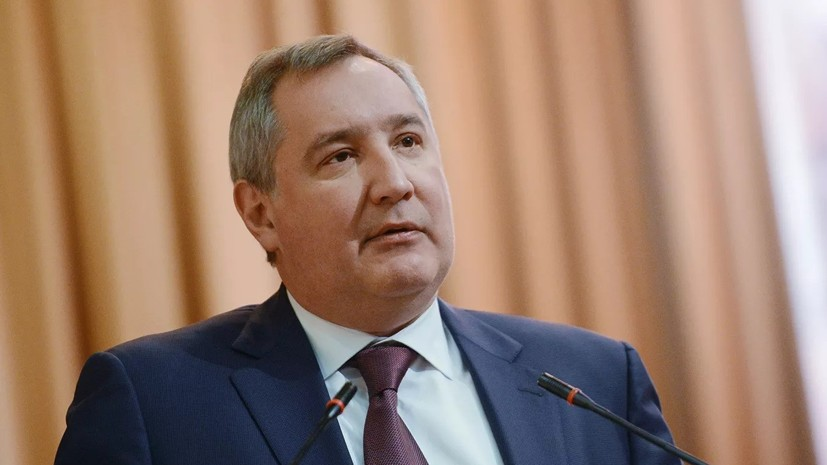“Friends, today there was such an important event for the Russian manned astronautics that I asked our press service to return to me control over this account for a while (or forever).
I want to tell you how we managed to prepare this ultra-fast flight to the ISS, ”Rogozin wrote.
According to him, the summer launch of the Progress "truck", which reached the ISS "in about 3 hours and 20 minutes by a two-turn scheme" convinced him that it was necessary to "show the unique capabilities of the Soyuz MS" digital "spacecraft in conjunction with a rocket "Soyuz-2.1.a", which provide a high accuracy of insertion. "
“Thanks to all my comrades: from chief designers to ordinary starters - for a responsible approach to business, selfless work, ability to take risks and, as a result, for a brilliant result - the set world record for space flight speed,” Rogozin said.
Thanks to all my comrades: from chief designers to ordinary starters - for a responsible approach to business, selfless work, ability to take risks and, as a result, for a brilliant result - the set world speed record for cosmic flight pic.twitter.com/y7BkAvkWa3
- ROGOZIN (@Rogozin) October 14, 2020
He also published a photo of the multipurpose laboratory module "Science" being created.
“Its electrical tests at the Energia MIC at Baikonur are going on around the clock.
It's okay for now.
If there are no disruptions to the schedule, we will launch in April next year.
Soon European specialists will arrive here to install the ERA manipulator on the module, "said the head of Roscosmos.
By the way, this is MLM.
Its electrical tests at the Energia MIC at Baikonur are going on around the clock.
It's okay for now.
If there are no disruptions to the schedule, we will launch in April next year.
Soon European specialists will arrive here to install the ERA manipulator on the module pic.twitter.com/qeZRjkPoOq
- ROGOZIN (@Rogozin) October 14, 2020
On October 14, the Soyuz MS-17 spacecraft with three crew members, Roscosmos cosmonauts Sergei Ryzhikov and Sergei Kud-Sverchkov, and NASA astronaut Kathleen Rubins, flew to the ISS for the first time using a two-turn scheme, setting a record for the speed of flight to the station.
It took a little over three hours.
As Rogozin noted, the crews of the Soyuz MS-17 and Soyuz MS-18 plan to repeatedly go out into space to dock all cables and structural elements of the Nauka module with the ISS.
On October 22, it is planned to return the Soyuz MS-16 crew with the ISS-63 crew consisting of Anatoly Ivanishin, Ivan Wagner and Christopher Cassidy.

